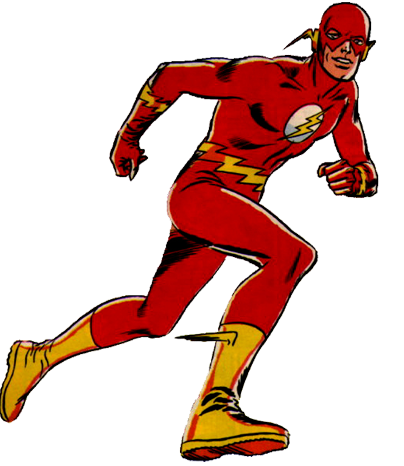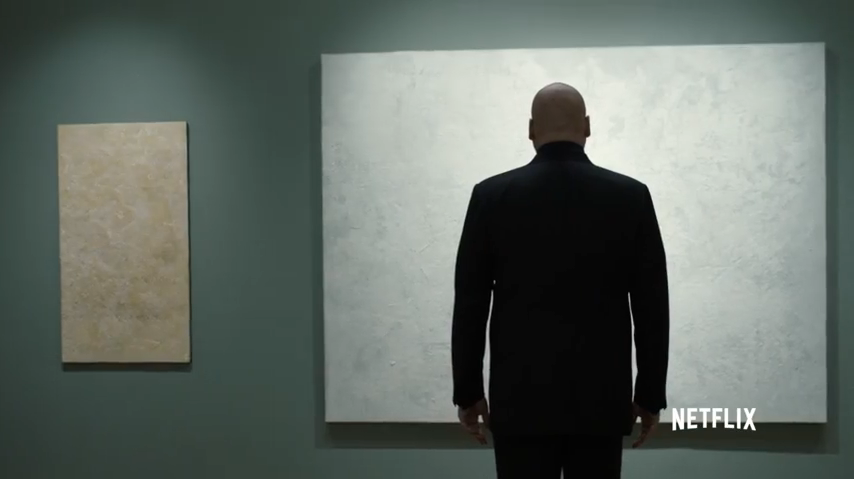Also, the Pope is Catholic.
Since there are still less than a million analyses of the implications on the World Wide Web, let's consider a question not getting much press: Is this the beginning of the end for exclusive licensing of comic-book properties?
 |
| More Spider-Men! More! |
Despite some oversimplified reporting, movie rights to Spider-Man are not reverting to Marvel. They remain steadfastly under the control of Sony's Columbia Pictures, who acquired the license back in 1999. What's new and novel here is that the licensee (Sony/Columbia) is willing to share rights to the character and mythos with another licensee — in this case, the wholly owned subsidiary of Marvel we know as Marvel Studios. In other words, Sony is willingly turning a blind eye to the exclusivity promised them in their original licensing agreement.
 |
| It still comes as a surprise how much this brand is worth. |
Not without reason. The Amazing Spider-Man raked in $758 million worldwide, a pretty penny by anyone's standards. Consider the massive costs of making star-heavy, effects-laden movies — Amazing had a production budget of $230 million — and the uncertain costs of promotion and paying whatever licensing fees and revenue-sharing are owed Marvel, and you begin to appreciate what an expensive house guest the Spider-Man license can be. If Spider-Man is a goose that lays golden eggs — and it most certainly is — it's one that eats its weight in gold, too.
The Amazing Spider-Man 2 did well internationally, but its take at the U.S. box office dropped off nearly a third from the original film in the series, leaving a beleaguered Sony, reeling from hacking and The Interview fiascoes, anxious to step off the path of diminishing returns represented by The Amazing Spider-Man 3 and start fresh. The deal with Marvel allows them to do just that.
On their own, Sony had no creative excuse to relaunch the flagging Spider-Man franchise. In a partnership with Marvel, they can "cater to the creative needs of the Marvel Cinematic Universe," bend to the will of fans who "want to see a more authentic Spider-Man," or whatever reasonable mandate fits the eventual reboot. "Fantastic new opportunities for storytelling and franchise building," as Bob Iger says.
Movie-making is big-budget, high-stakes business. Studios don't like to introduce more risk into the process than is already built in. This is why most mainstream films hew to the same formulas and how what works once becomes an endless barrage of what once worked. A film pushes the boundaries a bit, surprises audiences with its freshness, and a dozen imitators arise to reverse-engineer its plot, characters, or "attitude." No business, even comics, is as rife with rules, formulas, and received wisdom as the film business.
Marvel Studios put itself on the map by pushing specific boundaries, by breaking a few silly rules anyone with half a brain could recognize as rules, formulas, and contrivances. When Iron Man hit theaters in 2008, the consensus was that only top-shelf super-hero properties could build an audience. (Only seven years later, it strains our internet-atrophied collective memory to recall a time when Iron Man wasn't a top-tier name.) When The Avengers arrived in 2012, everyone knew you couldn't build a summer blockbuster that required knowledge of previous, largely unrelated film series — and that if you could do it once, you certainly couldn't repeat it, as the cost of superstar actors would be prohibitively high.
As we head into the summer of the Avengers sequel, things have changed. Rather than an underdog breaking the rules, Marvel Studios is the establishment. The Marvel brand rides high on a crest of faith from its fans that invites religious comparisons. This golden age can't last forever, but Sony (like everyone in the movie business) knows to play it safe — to go where the smart money is while it's there. No matter how clever or bulletproof their plans for a third Amazing Spider-Man film may have have been, Sony could only hope, at best, to compete with the zeitgeist magic of "a Marvel movie." Partnering with Marvel Studios and breaking one silly rule about exclusivity in movie licensing allows them to make both a Spider-Man movie (the latest in a long chain of comics' most valuable licensed property!) and a Marvel movie (from the studio that brought you all that is good in life!).
By ignoring the exclusivity of its licensing agreement and working with Marvel Studios, Sony is making a smart move in the short run — and changing the status quo for all of us in the long run. Once a rule is broken (as Iron Man broke the second-tier comic character rule and Avengers the shared-universe rule), the genie is out of the bottle. The inexorable laws of Hollywood economics insist the rule be "broken" again and again for maximum profit.
The pressure is on for 20th Century Fox to reach out to Marvel Studios' Kevin Feige in some way. Unless Josh Trank's hail-Mary production of The Fantastic Four scores a touchdown in August, every eye in the room will be on Fox executives to pick up the telephone and make that call, to cash in on Marvelmania while there's still time.
|
||
|
||
|
With The Flash and Arrow doing well on television, it's clear neither DC nor Warner Bros. have a hang-up about their characters appearing in different versions in (ever-so-slightly) different media. And let's not forget Arrow's penchant for using Batman-family characters, notably Rā's al Ghūl, who featured prominently in Christopher Nolan's recent Batman films. Do we really expect Roy Harper to stay true to Arrow and not appear in some form on the upcoming Teen Titans show?
The plethora of super-hero stories on big and small screens proves non-niche audiences have an appetite for the genre. Maybe there was a time in the past when publishers benefited from granting exclusive use of Superman or Spider-Man to a single network or movie studio, but today's TV and movie makers are more than willing to negotiate for a slice of the Spider-Man pie rather than go without. Even the publishers, creatures of habit though they are, are beginning to realize they're in the driver's seat.
The writing is on the wall: Exclusive licensing is a bad deal for the IP holder and no longer necessary to get wider exposure.
It's past time for this change. The notion characters must be licensed to a single studio is a silly rule, rooted in underestimating audiences and sheer, ignorant inertia. Sony's willingness to look the other way, to "break" the rule, may be the thin end of the wedge here — the beginning of a flood of imitative deals that will leave licensed characters (and audiences) better off in the long run.
Not that long ago, everyone in television believed audiences had neither the capacity nor inclination to remember continuity from week to week. Episodes of TV shows stood alone and could be watched in any order, stymieing long-term character development or plot pay-offs. The networks got over that bit of so-called wisdom, and audiences now follow season-long arcs and even entire shows built around a single plot progression, like Breaking Bad.
So give me three Spider-Men. Personally, I'd have loved Columbia to finish its Amazing Spider-Man trilogy with Andrew Garfield as it was promoting the arrival of a brand-new Spider-Man in Marvel Film to Be Announced (But We All Think It's Civil War). In an age of cord-cutters and savvy television audiences who throw around the term "shared universe" as comfortably as any fanzine writer of the 1970s, no one would be confused by two Spider-Men.
A parting thought: Since Marvel is now farming out part of its core Marvel Cinematic Universe continuity to Sony, would it be willing to do the same with future projects? Looked at through a certain lens, isn't that what it's doing with ABC's Agents of S.H.I.E.L.D. and Agent Carter and the Netflix Defenders family of shows? Could the Spider-Man deal open the door for partnerships with Lionsgate or Focus Features? Might we finally get that Wes Anderson Power Pack movie I'm hankering for?











